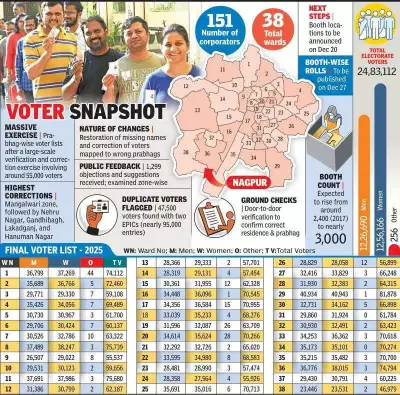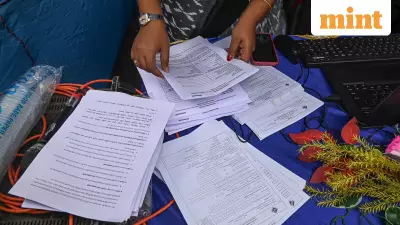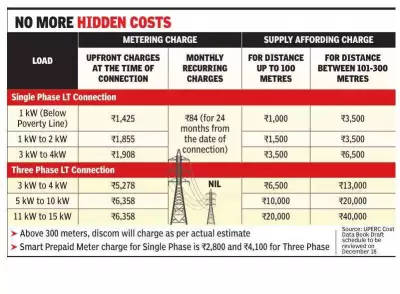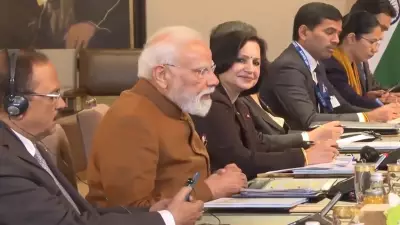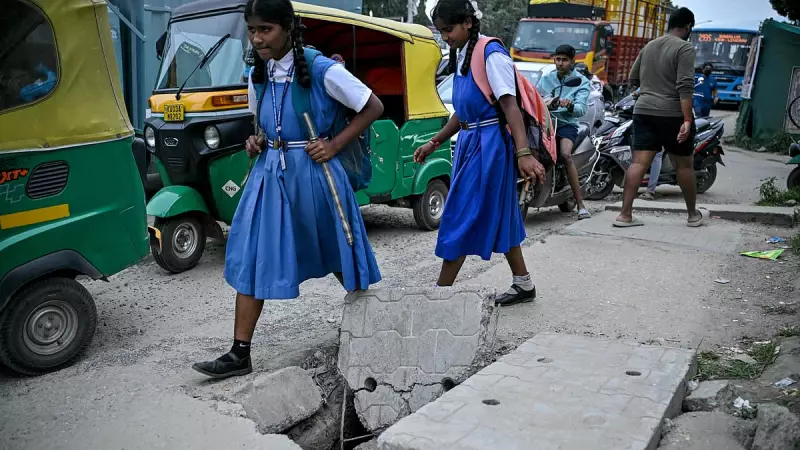
Once celebrated for its pleasant weather and tree-lined avenues perfect for leisurely strolls, Bengaluru now presents a daunting challenge for pedestrians navigating its chaotic streets. The city's rapid urbanization has come at a cost - the simple act of walking has become an obstacle course of encroached footpaths, dangerous crossings, and uneven surfaces.
The Current Pedestrian Nightmare
Modern Bengaluru forces walkers to confront multiple hazards daily. Footpaths have been systematically taken over by parked vehicles, street vendors, and construction materials. What remains of walking spaces often features broken tiles, unexpected poles, and dangerous gaps that make every journey a test of agility and patience.
"Walking in Bengaluru has become an extreme sport," notes urban planner Priya Sharma. "We've designed our city exclusively for vehicles, completely forgetting that people need to walk too."
Root Causes of the Walking Crisis
The deterioration didn't happen overnight. Several factors contributed to Bengaluru's pedestrian unfriendliness:
- Rapid, unplanned urbanization that prioritized vehicles over people
- Poor maintenance of existing footpath infrastructure
- Encroachments by businesses and residents reducing walkable space
- Inadequate funding for pedestrian infrastructure projects
- Lack of continuous footpaths forcing walkers onto dangerous roads
Glimmers of Hope: Positive Initiatives
Despite the challenges, several promising developments suggest change might be coming. The Bengaluru Smart City project has identified key corridors for pedestrianization, while citizen groups have become increasingly vocal about reclaiming walking spaces.
Recent successful pedestrianization projects in commercial streets demonstrate that when properly implemented, walkable areas can boost local businesses and improve quality of life simultaneously.
The Roadmap to Recovery
Urban experts suggest a multi-pronged approach to restore Bengaluru's walkability:
- Clear and maintain existing footpaths through regular enforcement drives
- Design universal accessibility ensuring elderly and disabled citizens can navigate safely
- Create pedestrian-priority zones in commercial and residential areas
- Improve last-mile connectivity between public transport and destinations
- Engage citizens in planning and monitoring walking infrastructure
The battle for Bengaluru's soul is being fought on its footpaths. As the city grapples with its identity as India's technology capital, the simple right to walk safely may determine whether it becomes a truly world-class metropolis or remains trapped in traffic-choked chaos.

